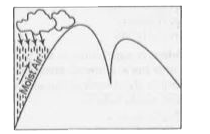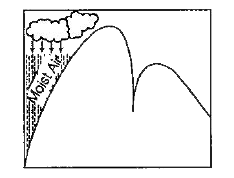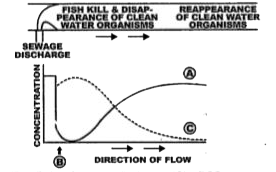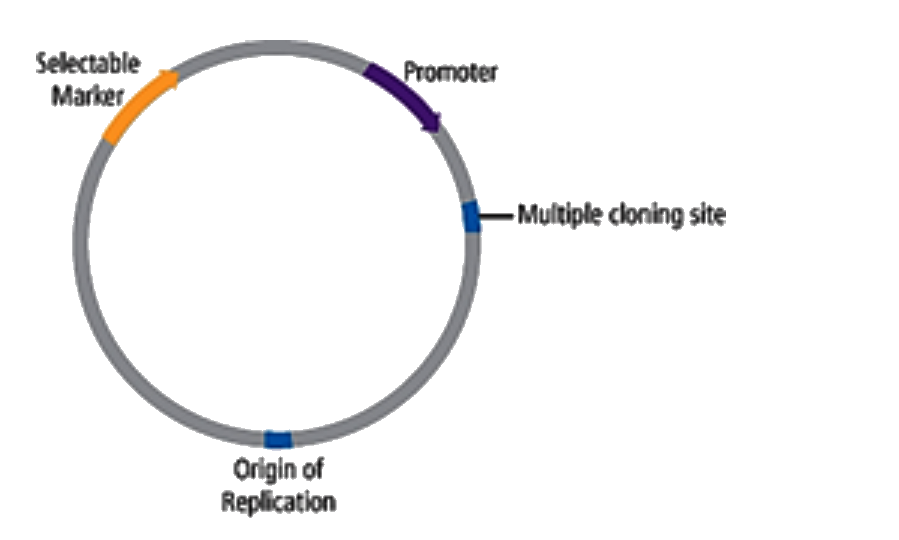Which type of natural selection is depicted in the diagram given below?
Disruptive selection
Stabilizing selection
Balancing selection
Directional selection
To determine which type of natural selection is depicted in the diagram, we need to analyze the characteristics of the three main types of natural selection: stabilizing selection, directional selection, and disruptive selection.
1. Understand the Types of Natural Selection:
- Stabilizing Selection: This type of selection favors the intermediate phenotypes. It reduces variation and maintains the status quo for a particular trait. For example, in terms of height, individuals of average height are favored, while those at both extremes (very short or very tall) are selected against.
- Directional Selection: This type favors one extreme phenotype over the others, leading to a shift in the population's traits toward that extreme. For instance, if taller individuals are favored in a population, the average height will increase over time.
- Disruptive Selection: This selection favors both extreme phenotypes and selects against the intermediate phenotypes. In this case, two distinct groups may emerge, such as very short and very tall individuals, while average-height individuals are less favored.
2. Analyze the Diagram:
- If the diagram shows a single peak representing the average phenotype being favored, it indicates stabilizing selection.
- If the diagram has a single peak that shifts towards one extreme, it indicates directional selection.
- If the diagram features two peaks, one at each extreme, it indicates disruptive selection.
3. Identify the Correct Type:
- Based on the description of the diagram, if it shows two peaks representing both extremes (e.g., very short and very tall), then the type of natural selection depicted is disruptive selection.
Conclusion:
The type of natural selection depicted in the diagram is disruptive selection.
- Stabilizing Selection: This type of selection favors the intermediate phenotypes. It reduces variation and maintains the status quo for a particular trait. For example, in terms of height, individuals of average height are favored, while those at both extremes (very short or very tall) are selected against.
- Directional Selection: This type favors one extreme phenotype over the others, leading to a shift in the population's traits toward that extreme. For instance, if taller individuals are favored in a population, the average height will increase over time.
- Disruptive Selection: This selection favors both extreme phenotypes and selects against the intermediate phenotypes. In this case, two distinct groups may emerge, such as very short and very tall individuals, while average-height individuals are less favored.
- If the diagram shows a single peak representing the average phenotype being favored, it indicates stabilizing selection.
- If the diagram has a single peak that shifts towards one extreme, it indicates directional selection.
- If the diagram features two peaks, one at each extreme, it indicates disruptive selection.
- Based on the description of the diagram, if it shows two peaks representing both extremes (e.g., very short and very tall), then the type of natural selection depicted is disruptive selection.
The type of natural selection depicted in the diagram is disruptive selection.
Topper's Solved these Questions
Similar Questions
Knowledge Check
Which type of rainfall is represented in the diagram given below?
 AConvectional rainfallBFrontal rainfallCCyclonic rainfallDOrographic rainfall
AConvectional rainfallBFrontal rainfallCCyclonic rainfallDOrographic rainfallWhich type of rainfall is represented in the diagram given below?
 AConvectional rainfallBFrontal rainfallCCyclonic rainfallDOrographic rainfall
AConvectional rainfallBFrontal rainfallCCyclonic rainfallDOrographic rainfallThat type of crystal defect is indicated in the diagram below
 AFrenkel defectBFrenkel and Schottky defectCInterstitial defectDSchottky defect
AFrenkel defectBFrenkel and Schottky defectCInterstitial defectDSchottky defect
Which type of natural selection is illustrated by industrial melanism?
View SolutionWhat type of crystal defect is indicated in the diagram below?

View SolutionIn which type of natural selection two peaks are was :
View SolutionWhich of the following is correct for the diagram given below?

View SolutionIn which type of natural selection does the peak get higher and narrower ?
View Solution

